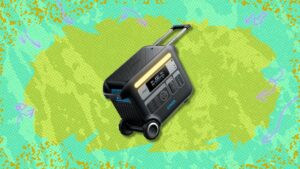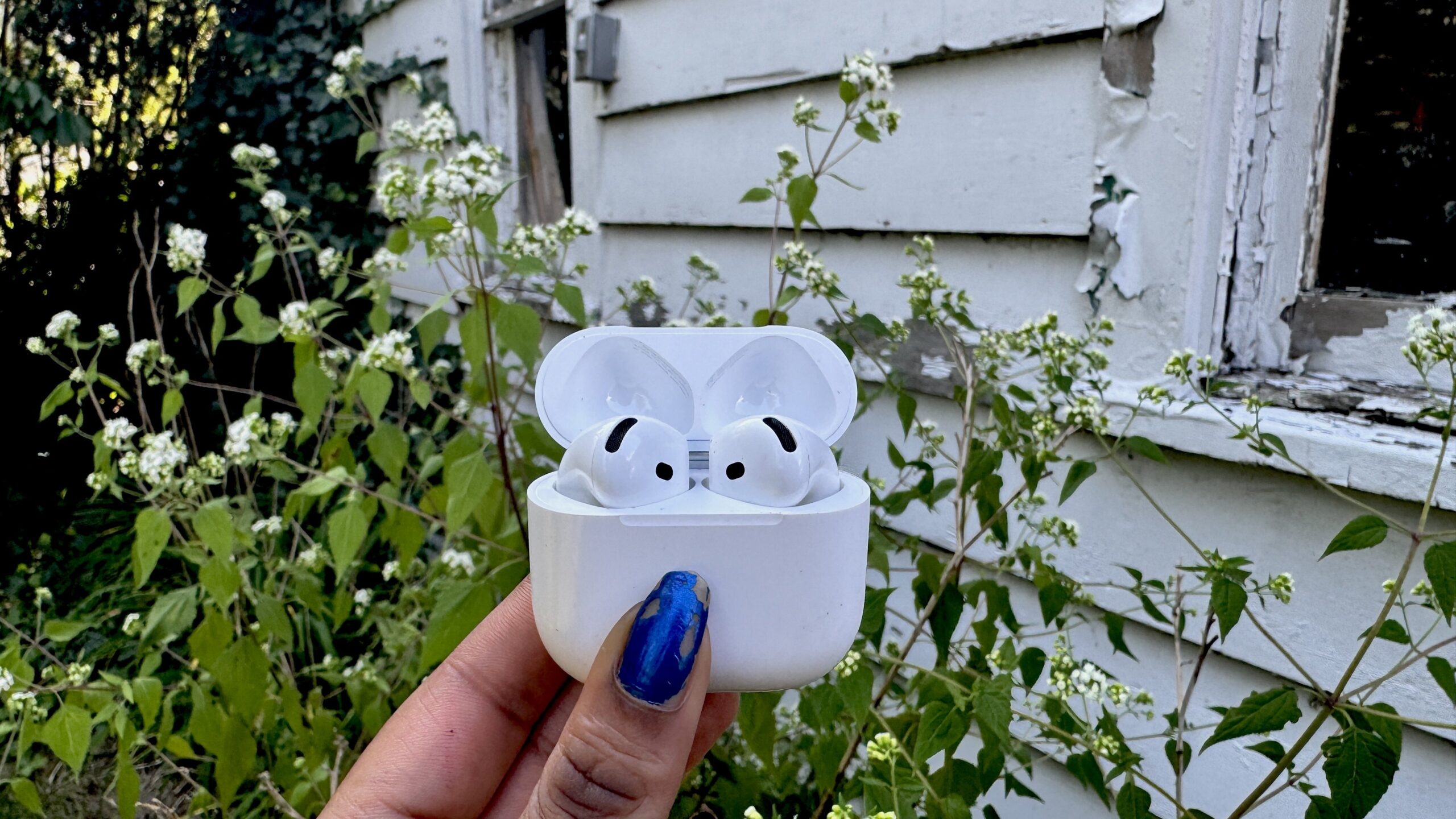
You’re probably reading this on a phone in your hand, or perhaps a laptop on your coffee table, and you have no idea — none — the blood, sweat, and tears that engineers endure to deliver the smooth-as-butter product you’re using as we speak.
Before it got into your hands, it’s highly likely that engineers were hard at work, pulling their hair out and yelling obscenities, fixing hardware challenges that drove them up a wall. But there’s always a “Eureka!” moment where the masterminds experience that spark of a light bulb, bringing you the ready-for-market gadget you’re effortlessly using today.
For instance, I’ve spoken with engineers who’ve grappled with the difficult task of balancing heat output from powerful components with portability — a recurring issue in devices like headsets, gaming laptops, phones, and more.
This time, I got to speak with two head honchos behind the new AirPods 4 to take a peek through the peephole at how the new earbuds came to be — particularly the one with active noise cancellation.
First, a little background on AirPods 4
Apple recently unveiled the new AirPods 4 with two iterations: one without active noise cancellation ($129) and one with active noise cancellation ($179).
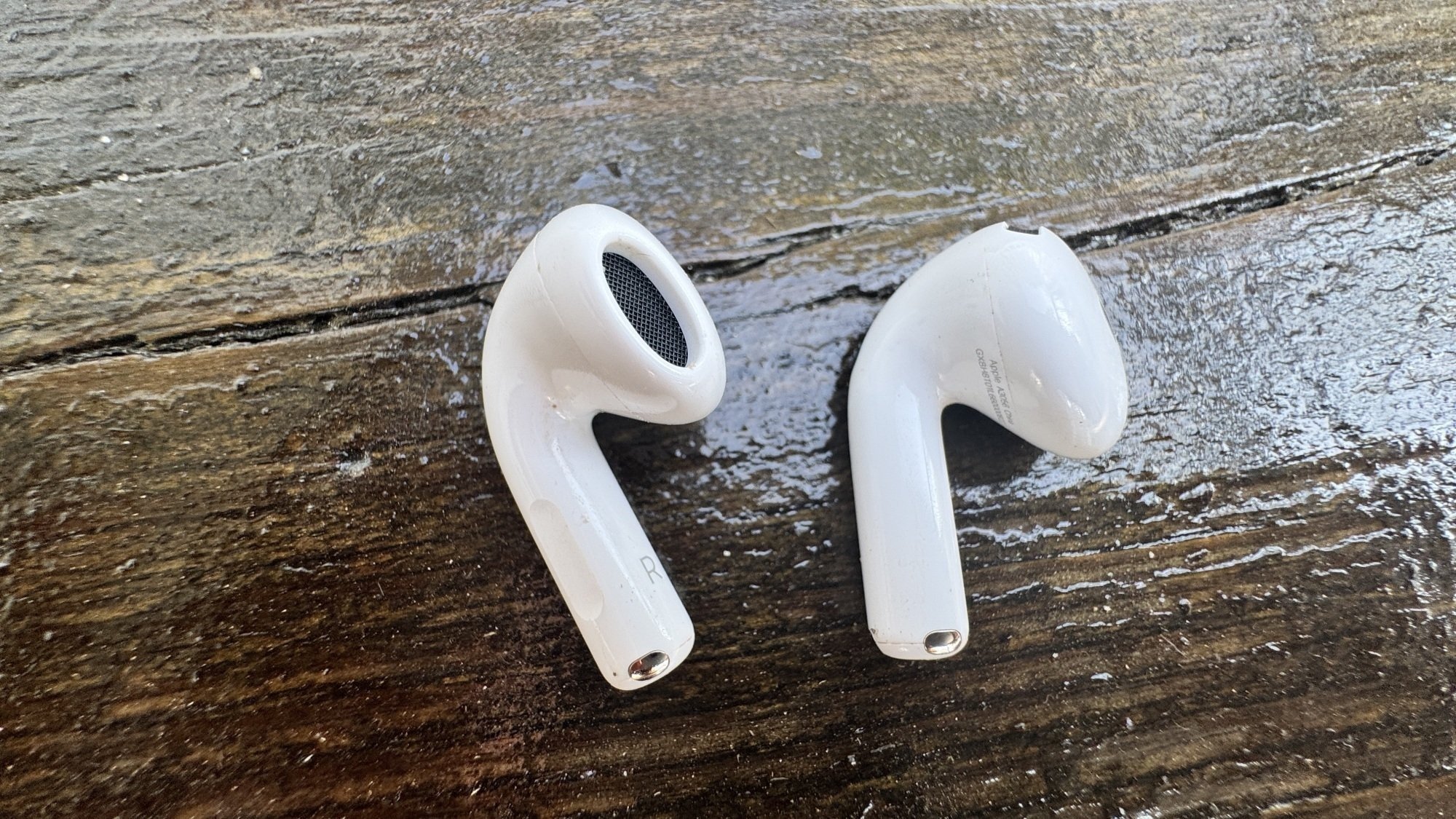
Credit: Kimberly Gedeon / Mashable
You may shrug and think, “So? What’s the big deal?”
Well, before the AirPods 4 dropped, if you wanted ANC, you’d have to secure earbuds from the pricier AirPods Pro line. There’s also the entry-level, non-Pro AirPods line (the lineage that the AirPods 4 descends from) that delivered great sound, but delivered zero ANC.
After all, the entry-level AirPods line have an open-ear design, making ANC trickier. Unlike the AirPods Pro, which have silicon ear tips that seal the ear canal to facilitate ANC technology, the non-Pro AirPods don’t. But somehow, some way, Apple managed to pull it off with the AirPods 4.
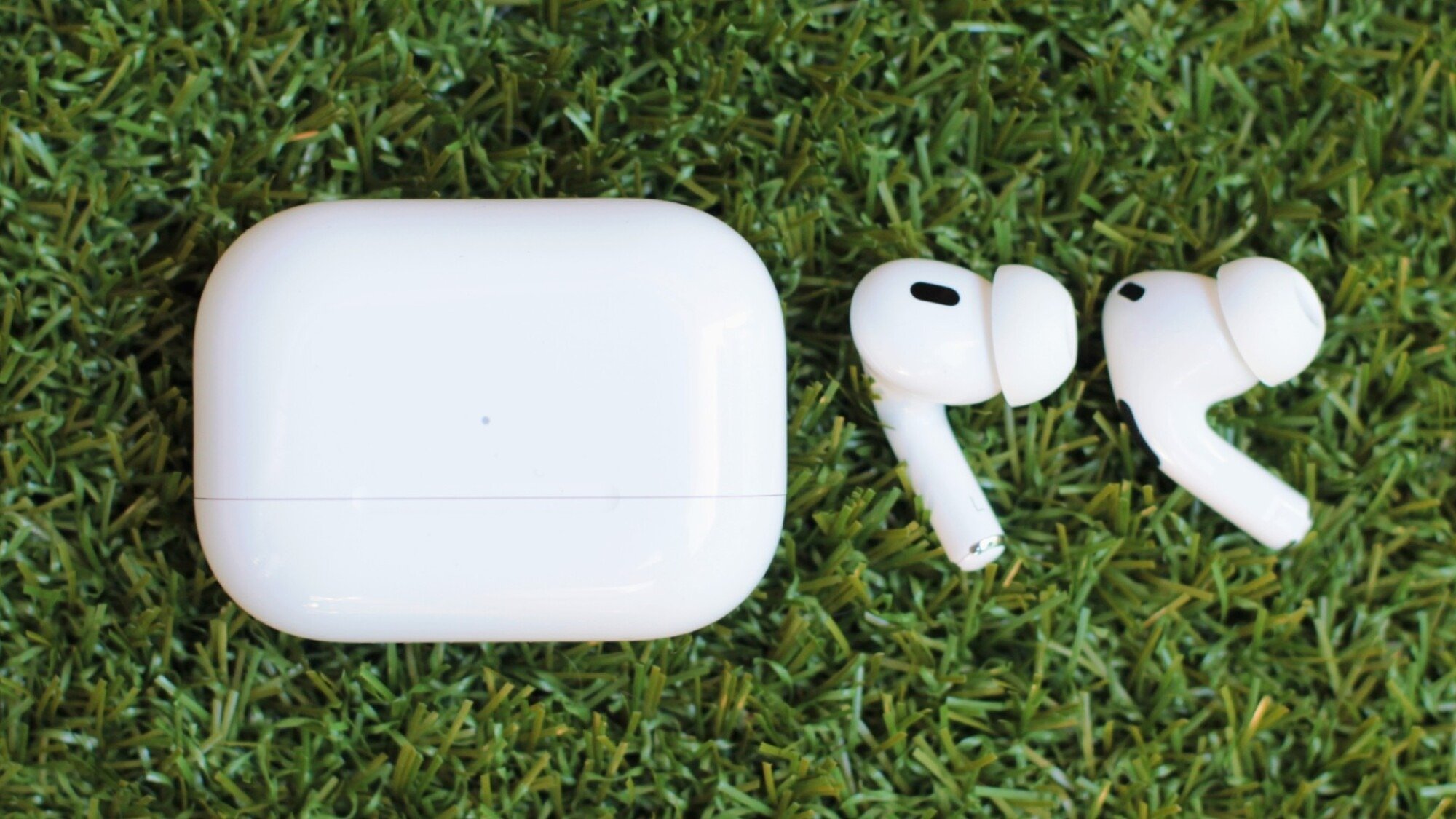
Credit: Kimberly Gedeon / Mashable
And as someone who has tested them on a plane myself, they’re pretty damn good. So the question is, how did Apple pull it off? Well, I ended up asking the AirPods team myself.
ANC on AirPods 4 was a challenge
“It’s unbelievable all the things that need to be balanced,” Eric Treski, Director of AirPods Product Marketing at Apple, told Mashable regarding the AirPods 4. “It’s battery size as it relates to battery life, and it’s sound quality, which includes noise cancellation,” and more.
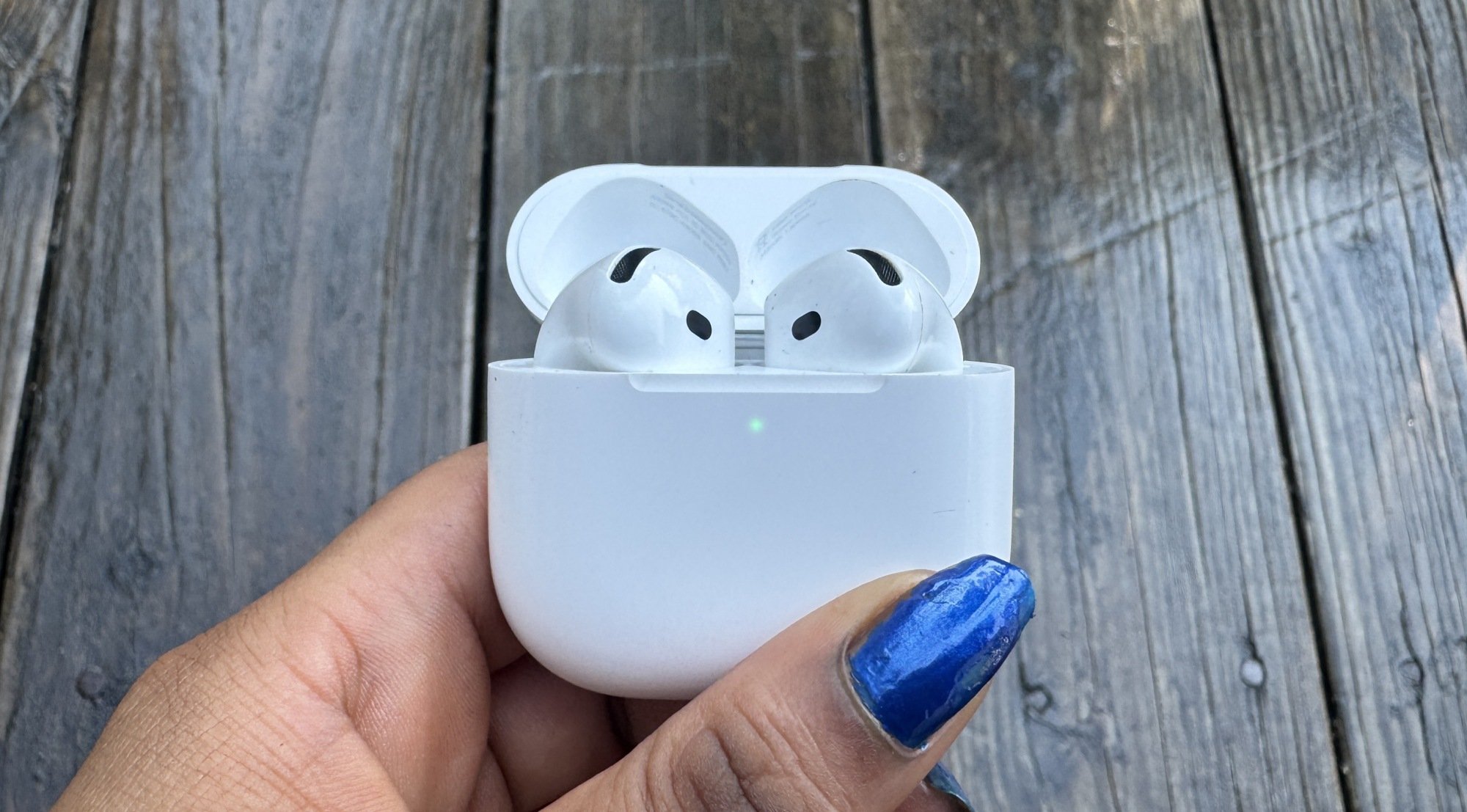
Credit: Kimberly Gedeon / Mashable
Not to mention, Treski added, that our ears are very sensitive, making it difficult to include all of these internals into a tiny form factor that is the AirPods 4 without causing comfort to the average user.
But the real challenge, Treski said, was ensuring that active noise cancellation doesn’t affect the music that you’re listening to.
In other words, without getting too much into the weeds of things, active noise cancellation works by the device “monitoring” the outside noise and emitting an inverted soundwave, or what Treski calls “the anti phase,” to neutralize or negate the external cacophony.
Let’s say you’re listening to Sabrina Carpenter’s “Espresso.” The challenge is ensuring that the anti-noise signal filters out the background noise without messing with the song or diminishing its sound quality.
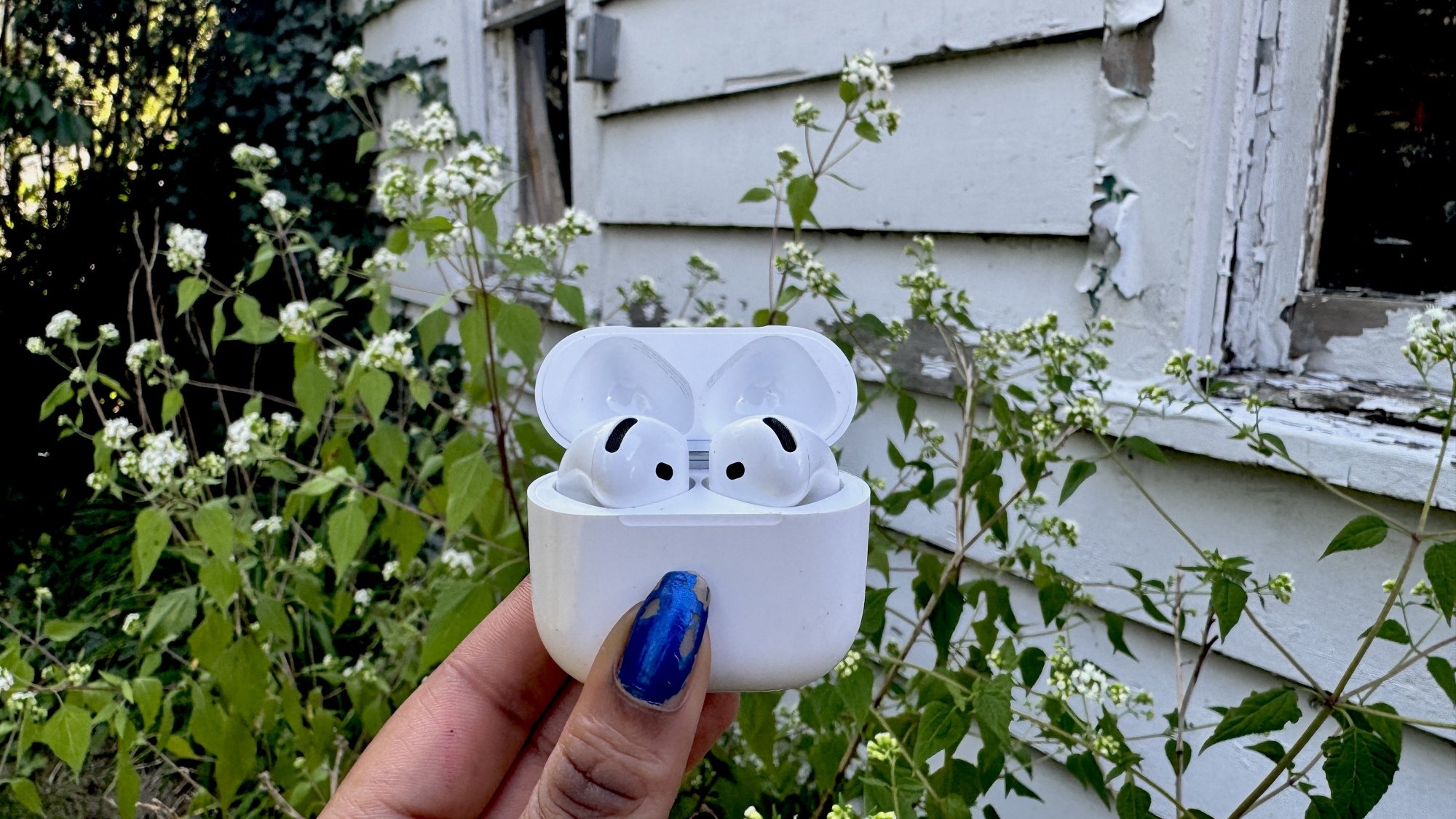
Credit: Kimberly Gedeon / Mashable
However, the AirPods team managed to dodge this issue with the help of “algorithms and filtering,” Treski said, as well as the H2 chip — the processor that the new AirPods 4 earbuds adopted from the AirPods Pro lineup.
And that’s not the only thing that the AirPods 4 borrowed from the Pro family.
“One of the microphones for [the AirPods 4’s] ANC is from the ‘Pro’ product,” said Kate Bergeron, VP of Hardware Engineering at Apple, adding that it’s a high-quality microphone that is ideal for the open-ear design found on the fourth-gen earbuds.
Because the AirPods 4’s form factor is, for a lack of a better word, more “leaky” than the AirPods Pro, the H2 chip has to work harder than it does inside the Pro model to execute ANC — but it gets the job done.
“If you don’t have really good mics, you’ll hear a low noise hiss,” Treski added. “So we have exceptional microphones.”
The microphone that facilitates ANC is monitoring what you’re hearing at 200 times a second. With a process called “adaptive EQ,” it’s ensuring that sound distortions caused by noise cancellation and other factors are corrected ASAP.
As someone who has listened to “Espresso” on the ANC-supported AirPods 4 over and over again, I can confirm that the H2 chip and the microphones have been doing their thing. The sound quality is mint and the ANC is impressive.
But ANC wasn’t the only hurdle Apple had to overcome.
Transparency mode is no easy task either
“Transparency seems so simplistic and easy,” Treski said. Unlike ANC, Transparency Mode heightens environmental noise around you, so it can’t be that difficult to implement, right?
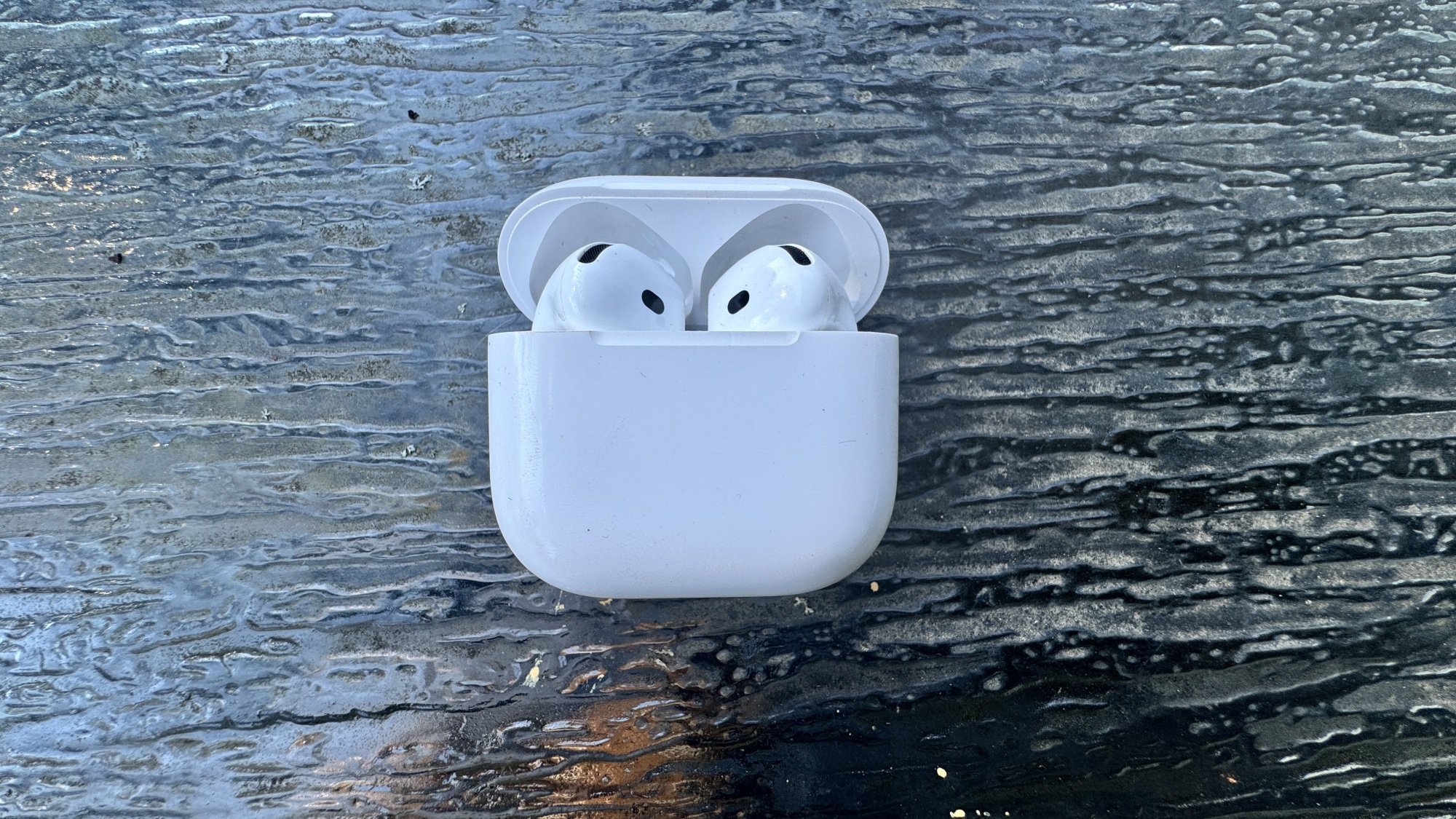
Credit: Kimberly Gedeon / Mashable
Wrong!
“It’s incredibly challenging because you need to make sure that it sounds natural,” Treski said. “Not just the environmental noise, but also your own voice while you’re speaking.”
On top of that, Transparency Mode would have to execute this task flawlessly with “extremely low latency.” Otherwise, there would be too much of a mismatch between the sounds and what you’re seeing.
Despite this challenge, Apple managed to fine-tune Transparency Mode to seamlessly blend environmental sounds with what you’re hearing through the AirPods. The result is a more natural experience, where voices and ambient noise flow through smoothly, making it feel like you’re not wearing earphones at all.
How did Apple discover the best fit for ‘most’?
For some, AirPods fit perfectly — and for others, like myself — not so much.
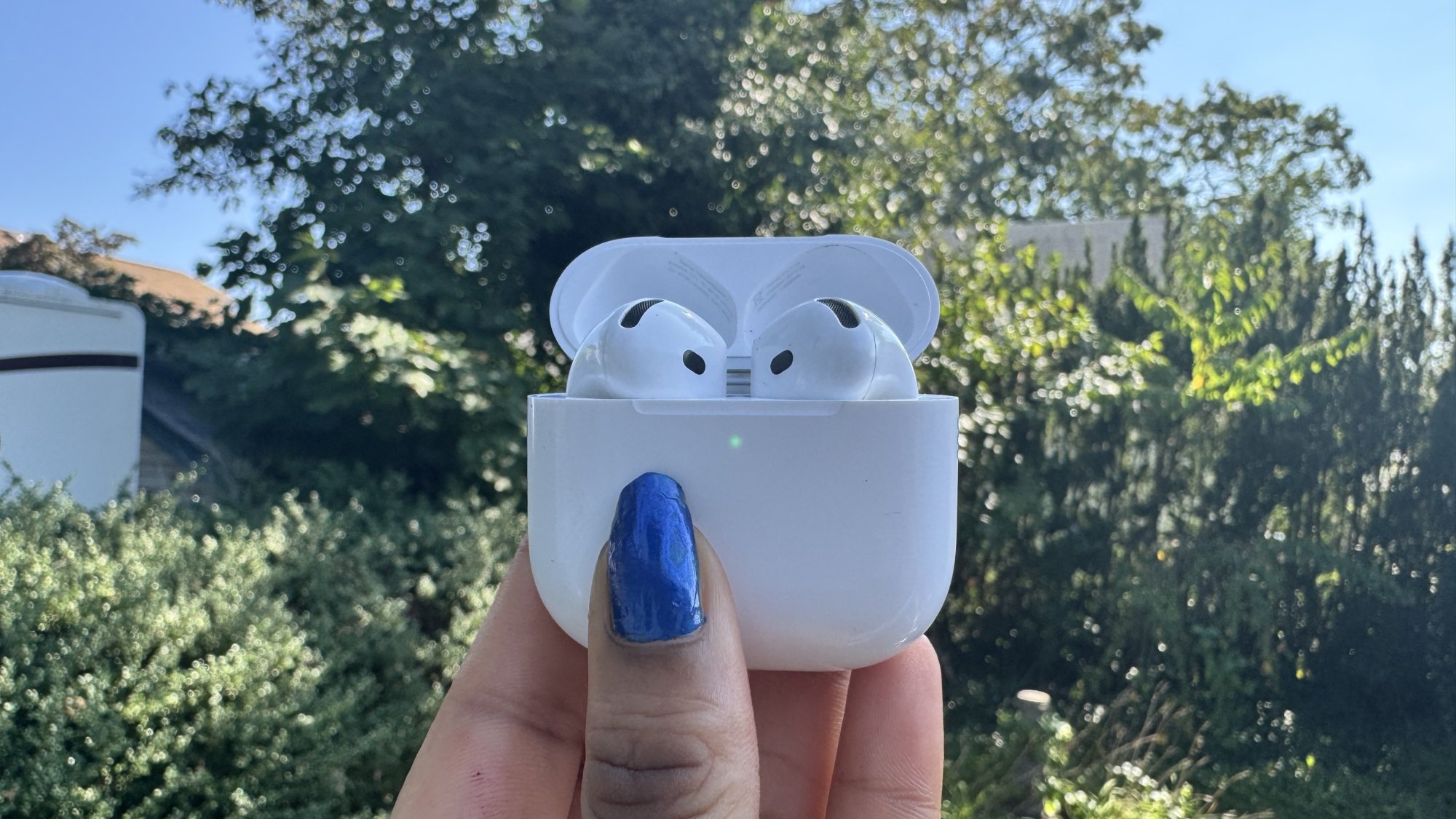
Credit: Kimberly Gedeon / Mashable
I’m just one of those folks with “weird ears,” I guess. Bergeron assured me that that’s not the case. “You look at people’s ears and they’re totally different in all aspects of their physiology,” she said.
“We’ll hear from people, ‘The Pro’ doesn’t fit me’ or ‘The AirPods 3‘ doesn’t fit me,'” Bergeron added. “And we want to learn from the challenges that people have.”
In order to educate itself, Apple did some extensive research to find a “one-size-fits-most” shape on the AirPods 4.
As mentioned in Apple’s “Glowtime” keynote that introduced the AirPods 4, Apple analyzed thousands of ear shapes, relying on advanced technologies like 3D photogrammetry and laser topography, that amassed over 50 million data points to refine the earbuds’ design.
“We’ve come up with a relatively efficient way to scan people’s ears through our own tools so we can build that database [and continue to find the ‘best fit’] on an ongoing basis,” Bergeron said.
After popping the AirPods 4 into my ears, I was relieved that they didn’t creep out of my canal to take a tumble. Even when I violently shook my head from left to right, they stayed in place like they were holding on for dear life in a windstorm.
What’s next for AirPods?
Out of curiosity, I asked what Apple had up its sleeves for the next AirPods down the line, like AirPods 5 or AirPods Pro 3, for example. The Apple representatives, as expected, declined to respond.
However, Treski did conclude the interview with some food for thought.
“As you think about Apple Intelligence and Siri, and how ‘one’ that’s becoming,” Treski said, “it’s just so natural right?”
“And so, that’s this sort of journey that we’re on to really, you know, extend it further, which is why Siri Interactions is also a great time and opportunity to introduce Apple Intelligence.”
Siri Interactions, by the way, lets you reject calls and texts, as well as accept them, just by shaking your head ‘no’ or nodding your head ‘yes.’ This is available on both the AirPods 4 without ANC and with ANC.
The AirPods 4 lineup, starting at $129, is available for pre-order now — and it will hit store shelves on Sept. 20.






